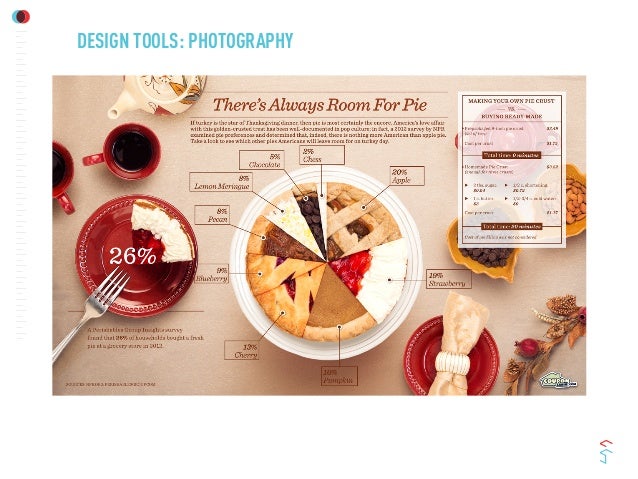What Every Digital Photographer Needs To Understand About Lighting
What Every Digital Photographer Needs To Understand About Lighting
Blog Article
Article Produced By-Gillespie Godwin
As a digital photographer, you know that lighting can make or damage your photos. Comprehending the nuances of both all-natural and artificial light is necessary for capturing the mood and clarity you go for in your work. Whether you're chasing after the perfect gold hour radiance or fine-tuning your artificial configurations, mastering these aspects can raise your digital photography considerably. However there prevail risks that lots of neglect, and recognizing them can transform your approach to every shoot. Let's discover what https://www.wzzm13.com/article/news/health/coronavirus/porch-portraits-kalamazoo-brian-powers-coronavirus/69-d01b645f-4ff1-4a42-81fc-30ec3e7e7248 might be missing out on and just how it can affect your results.
Recognizing Natural Light
Understanding all-natural light is vital for any digital photographer wanting to improve their work. It's the foundation of wonderful photography, affecting state of mind, tone, and clearness. When you fire outdoors, take note of the moment of day. The gold hour-- shortly after sunup and before sundown-- uses soft, cozy light that can transform common scenes right into spectacular images.
https://writeablog.net/eliz00bertram/creative-photography-ideas-unleashing-your-creative-imagination of overcast days. Cloud cover diffuses sunshine, developing a soft, also light that's excellent for pictures and macro photography. You'll find shades pop in this sort of lighting without extreme darkness.
Placing matters, too. Constantly consider your topic's positioning to the light. If the sun's behind your topic, you may end up with a silhouette, which can be remarkable but mightn't be what you want. Alternatively, straight sunshine can produce unflattering darkness.
Try out angles; sometimes, changing your perspective can produce incredible results. Usage natural reflectors, like water or sand, to jump light onto your subject, adding measurement.
Mastering Artificial Light
Mastering man-made light is important for photographers who want to take their skills to the next degree. Whether you're utilizing speedlights, studio strobes, or constant lights, understanding exactly how to manipulate these resources can substantially boost your photos.
Begin by http://antione099jettie.xtgem.com/__xt_blog/__xtblog_entry/__xtblog_entry/37577463-typical-errors-new-photographers-make-and-how-to-prevent-them?__xtblog_block_id=1#xt_blog on your own with the basics of light high quality, direction, and shade temperature. Try out various modifiers like softboxes, umbrellas, or grids to manage the gentleness or harshness of the light.
You'll locate that soft light typically develops lovely outcomes, while harsher light can add dramatization and deepness. Do not avoid darkness; they can boost the three-dimensionality of your topics.
Pay attention to the placement of your lights. A light located as well close to your topic can produce uncomplimentary outcomes, while too away can bring about a lack of detail. Use a light meter or your electronic camera's pie chart to ensure you're revealing properly.
Lastly, bear in mind that fabricated light can be blended with ambient light for creative results. Stabilizing these resources may take practice, but once you grasp it, your photography will absolutely beam.
Methods for Various Situations
When you enter various capturing scenarios, adapting your lights techniques is crucial for capturing the most effective photos. For outdoor portraits, use the golden hour-- early morning or late afternoon light-- to soften darkness and improve complexion.
If it's a harsh noontime sunlight, think about using a reflector to bounce light back onto your topic or look for shaded locations for a more even direct exposure.
In low-light situations, like indoor events, increase your ISO and use a vast aperture to let in more light. A tripod can assist eliminate electronic camera shake, enabling longer direct exposures without blurring.
If you're shooting at night, try out off-camera flash to produce vibrant lighting and depth in your photos.
For product digital photography, make use of diffused illumination to avoid rough reflections. Softboxes or light camping tents can assist achieve this impact.
When photographing landscapes, think about the instructions of light and time of day, as it can considerably alter the state of mind of your shot.
Always be ready to adjust your settings and placing based upon the circumstance, as adaptability is essential to mastering lights in photography.
Verdict
To conclude, mastering illumination is essential to raising your digital photography abilities. Accept natural light's appeal throughout gold hour, and do not avoid try out man-made light techniques. By adjusting your technique to different situations, you'll capture spectacular pictures that resonate with feeling and quality. Bear in mind, the best illumination can change a common shot into something amazing, so maintain exercising and fine-tuning your understanding of both all-natural and fabricated light. Pleased capturing!
